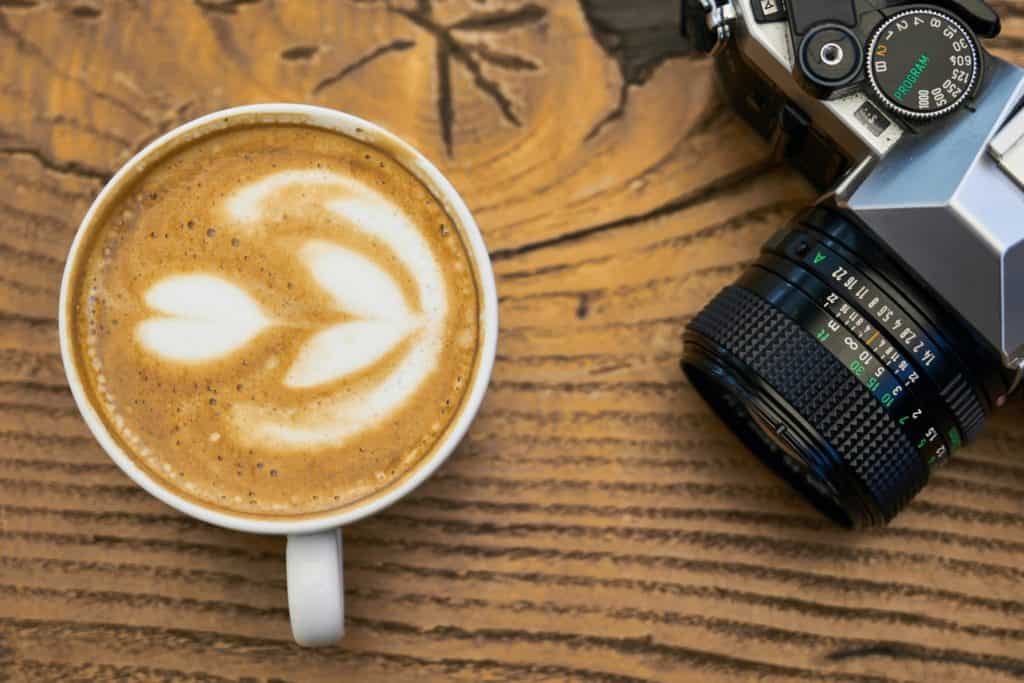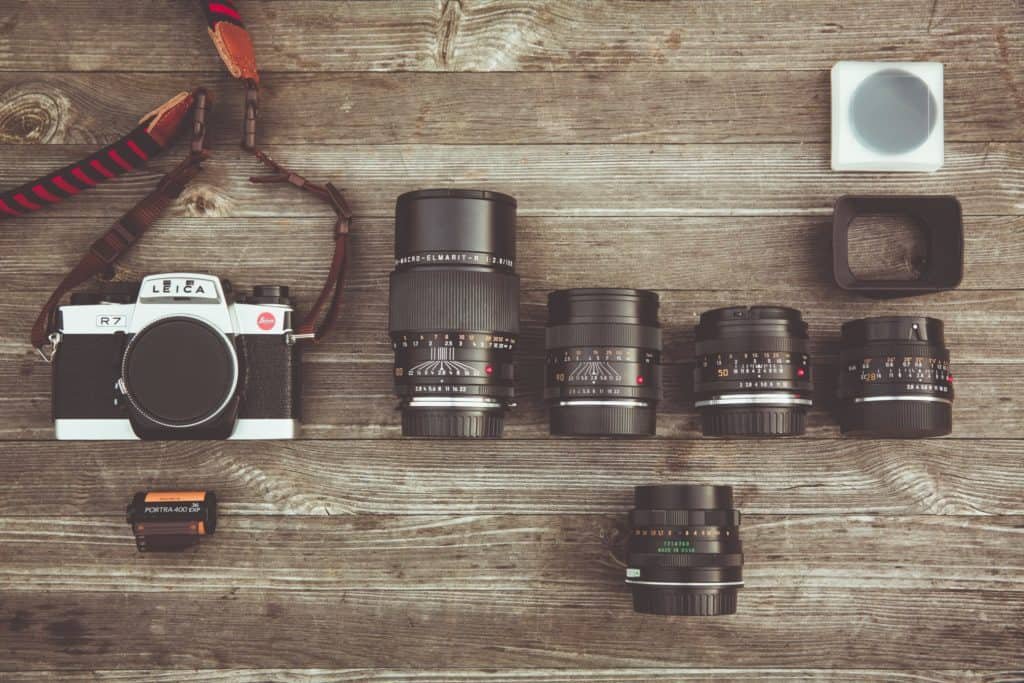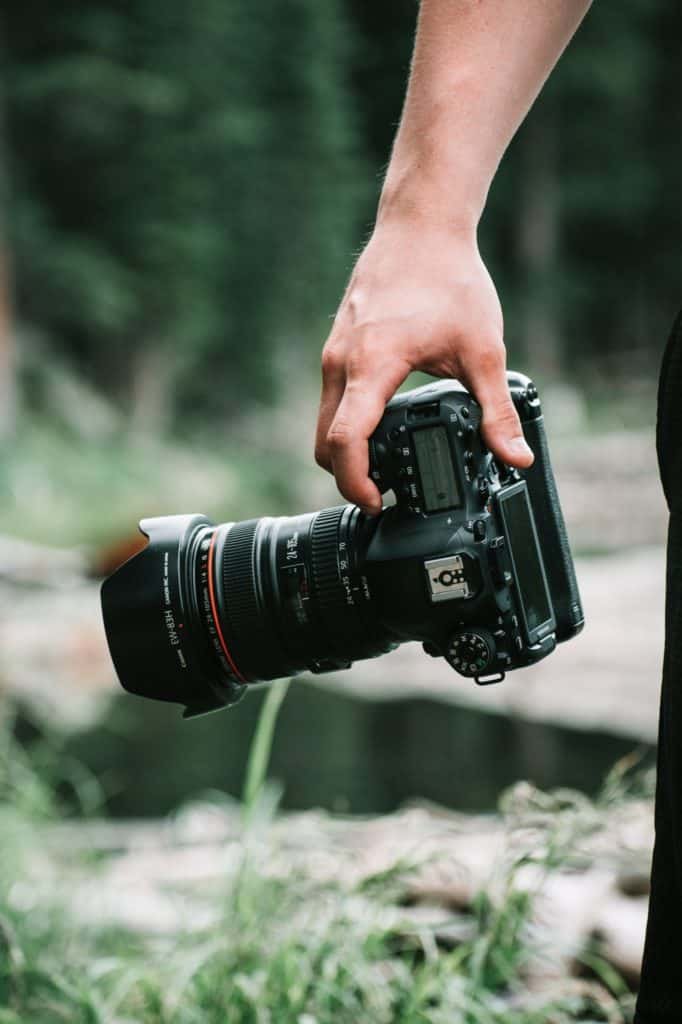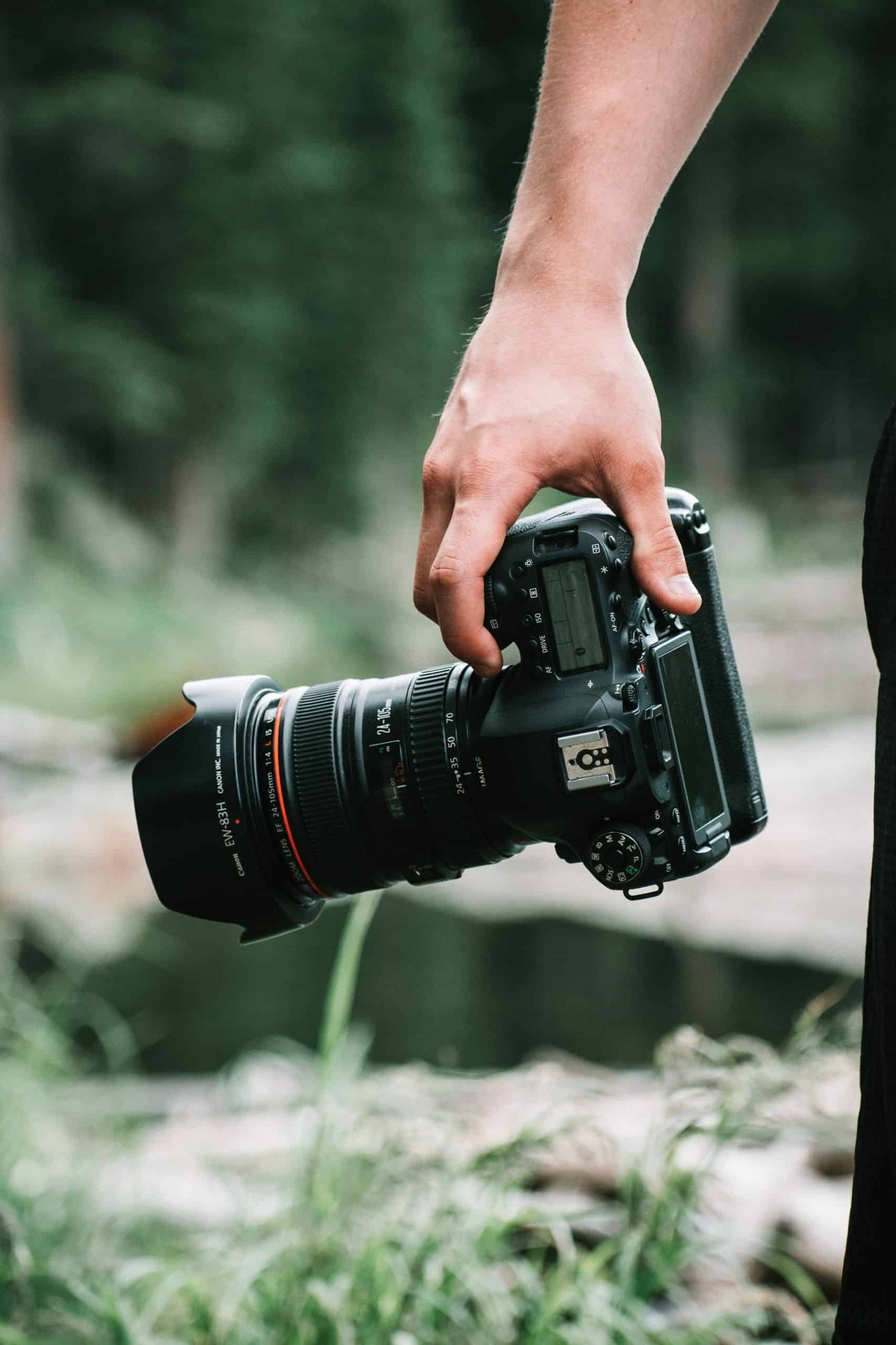The 7 essential steps to become a wedding photographer
The first wedding… Stressful, isn’t it? Yet, you will see, it is often one of the most memorable.
For me, five years ago, when I was starting photography, a couple called me urgently. Their photographer had dropped them at the last moment. For me, it was the way to exercise myself. I was a little stressed but above all very motivated.
And you know what? This first experience is a wonderful memory.
So yes, starting in wedding photography is also to get out of your comfort zone, to take pictures not for yourself, but for others. In the meantime, with determination, desire and a lot of passion, it’s an incredible job.
In this guide, I will list the 7 steps, which I believe are the most important to make your first wedding a success. Enjoy your reading and don’t hesitate to write your questions in comments.
A lire également
1. Meet the bride and groom
The first meeting, a trust guarantee
This meeting is essential to start this new adventure together. Meeting the couple is also a sign of trust and professionalism.
Offer them a coffee, an exchange via Skype, a pleasant way to get to know each other. This first meeting is as reassuring for you as it is for them. As for the big day, they will be much more relaxed in front of the lens.

The meeting with the bride and groom is also an opportunity to introduce them to your work, your style and your world. Don’t hesitate to show them your best photoshoot, it will give them a small idea of theirs. The most important is that they leave the meeting serene and confident for the wedding day.
A moment of sharing to evoke all the details of the D-day
Once the presentations are done, you can take out your notebook. This is the time to write down all the important information for your photo-reportage. I advise you to prepare your questions in advance so that you don’t forget any details.
For my part, here is an example of questions I can ask my future bride and groom:
- What is the number of guests?
- What will be the lighting of the reception area?
- Where do you prefer to shoot the couple’s session?
- …
Advise the bride and groom before the big day
The first appointment is also the time for you to give them some advice for the D-day. Talk to them about the day’s schedule and guide them through it. For example, you can suggest that they schedule the couple’s photo shoot at sunset, after the ceremony.
Also ask them to prepare a list of group photos they would like to realise. This will help you to save time and give you an overview of their expectations.
After this first contact with the bride and groom, you will leave much more confident about their wedding day and perhaps beautiful affinities will be born between you!
If my first wedding was so unique, it is because with the bride and groom, we had great ambitions: on their side, that of making a world tour, and on mine, that of becoming a professional photographer. Two years later, the bet was successful… Today we are great friends!
2. Use materials with which you are familiar
Use your equipment
In my opinion, reading articles about choosing the “right” equipment for a wedding photographer can be a real source of frustration.
A professional photographer will advise you to use two Full Frame cameras and a good number of lenses (a 50 mm for the preparation session, an universal 24-70 mm lens for the ceremony…).

However, you know the golden rule! The equipment does not make the photographer! So indeed, it is essential to have a quality equipment, however, the most important is to master it perfectly.
Using the equipment we are familiar with is essential. Sometimes, you would like to rent pro equipment, but you’ll see, it’s really not the right thing to do. On your wedding day, you will have to be flexible and fast, so you’d better know your equipment perfectly. You can’t miss a kiss, a bouquet toss, a moment of complicity with the witnesses… Because the job of the wedding photographer is above all to capture stolen moments.
Master the settings of your equipment
Only use the settings you undeniably master. If you are used to photograph in aperture priority mode, do not try to photograph in manual mode. Your good reflexes will guarantee you a beautiful finish!
For the story, during my first wedding, I used only one camera, the Nikon D7200 on which a 35 mm lens was set up. This lens was used for most of my pictures, and I sincerely think I made the right choice. That day, I chose what I had mastered. And the finish was successful.
Finally, if I could give you one last piece of advice regarding your equipment: make a list of everything you need to bring on the D-day, it avoids unnecessary forgetfulness.
3. Prepare your shots in advance
To have an idea of the framework that we will follow
It is essential to have an idea of the shots that will be taken on the wedding day. As for the equipment, it is necessary to make a list with the different steps of the day (preparations, ceremony, cocktail, couple’s session…).
Also note on this list all the essential details (pictures of the wedding dress, the bouquet…)
Finding inspiration
Pinterest and Instagram are full of wedding clichés and it’s easy to find ideas. Be inspired by the work of other wedding photographers by finding photos that match your style. This will allow you to have the framework for your photo report on the day.
Personally, I file my inspirational photos in folders on my phone. This way, I know what to look according to the moment.
Now, I also do a little briefing before the couple’s photo shoot. This way, I can explain my approach and the desired result.
Also, I find it relevant to prepare a list with the most important photos of the big day:
- Pictures of the two rings
- Photos of the wedding dress
- Photos of the bouquet
- ………..
Such a list will allow you to have a good organization on your wedding day. It will be necessary to be responsive to all the details.
4. Go to the wedding place before the D-day
As you will have understood, when you commit to photograph a wedding, the watchword is “preparation”. Prepare your pictures, your equipment but also locate the place!
It can be judicious to have a first overview of the places in which we are going to shoot on the wedding day. This way, you maximize both your chances of a successful shooting and avoid unpleasant surprises.

It can also give ideas for the pictures we will take on the big day. On a photo, the setting is always very important, so don’t neglect it.
The second thing, which seems obvious to me but which could be omitted, is the light. That’s why going to the location before will help you anticipate your wedding day.
Thus, you will know what to expect on the day in terms of decor or light. In this way, you will arrive at the wedding with more confidence.
5. Shoot in Raw
The RAW format is an ideal format for wedding photography
The RAW format is the ideal format, even for beginners. Indeed, this format makes it possible to keep all the information recorded by the sensor. Therefore, it seems easier to use than JPEG format. Moreover, its quality is better.
A format that is easy to handle in post-production
In post-production, when you’re doing your editing, the RAW format is the most suitable. It will allow you to be more flexible to make up for some technical errors. You will be much more skilled at correcting imperfections. If the exposure or contrast are not good, for example, you can always correct them with your retouching software, unlike traditional formats that offer fewer possibilities.
6. And above all…turn the sound of your focus off!
The focus… What an irritating noise! The bride and groom say yes and suddenly a “clic-clac” comes to parasitize this magical moment. Be very careful, your role is not to disturb the wedding, but rather to immortalize it! So, go to the menus of your camera to deactivate the sound of the focus.
7. Get a cobra flash
Although my style of photography is focused on natural light, the cobra flash remains a must have for wedding photographers. Indeed, you will sometimes stay until the opening of the ball and in this case, the cobra flash is essential for low light scenes.
On the other hand, I advise you not to use the flash in the church. It can be very annoying for everyone, as the noise of the focus by the way.
And above all, if you are not yet comfortable with it, practice before the big day. It will avoid unpleasant surprises!
I hope that these few tips answered some of your questions. Above all, remember that the most important thing is your creativity, your ability to express through your photos the happiness of the bride and groom.
So, what do you think of these 7 steps to follow to make your first wedding a success? Don’t hesitate to write to me as a comment, I will be happy to answer all your questions!
